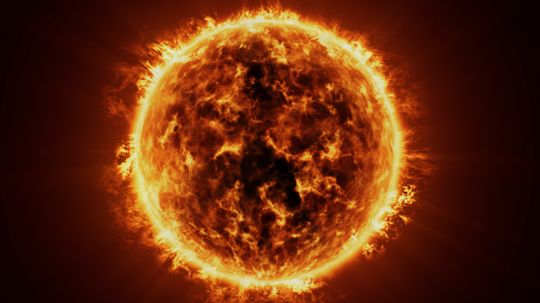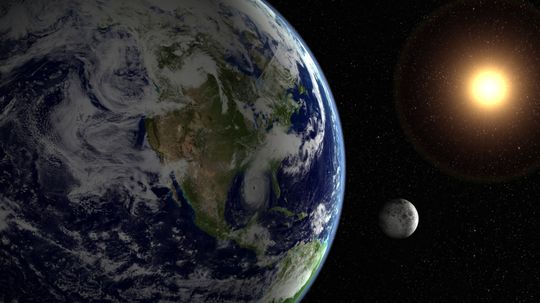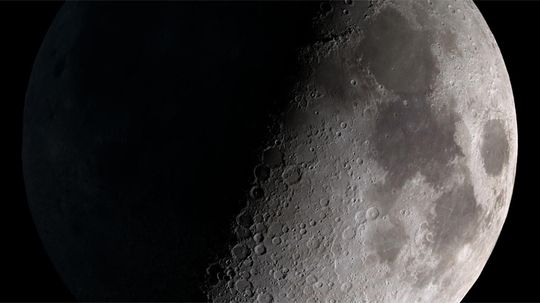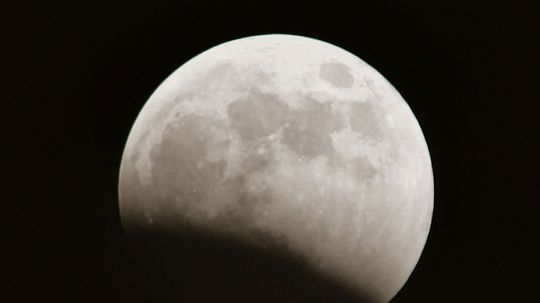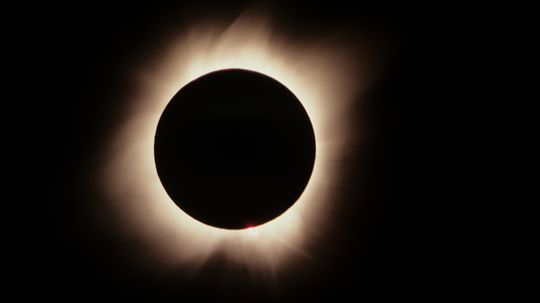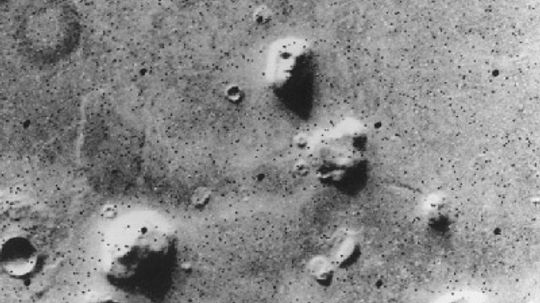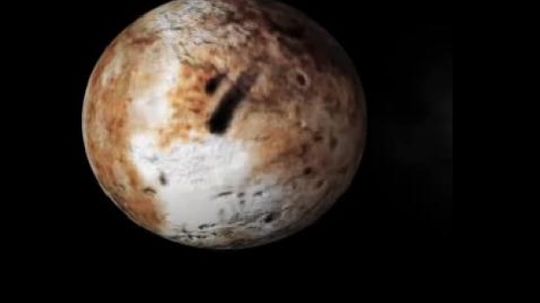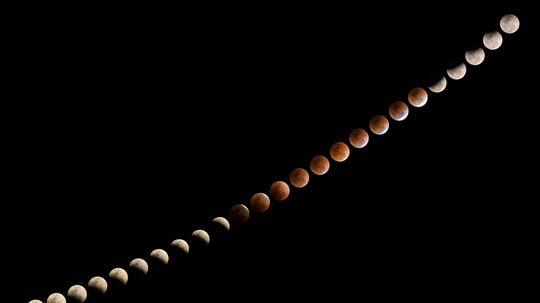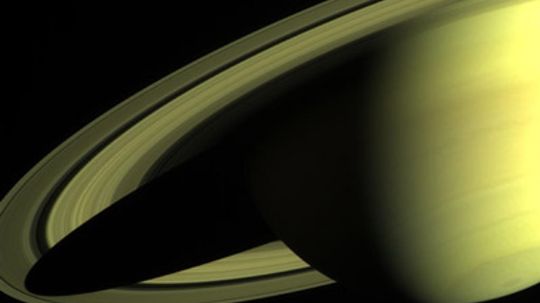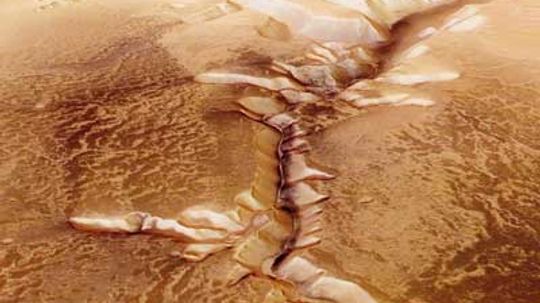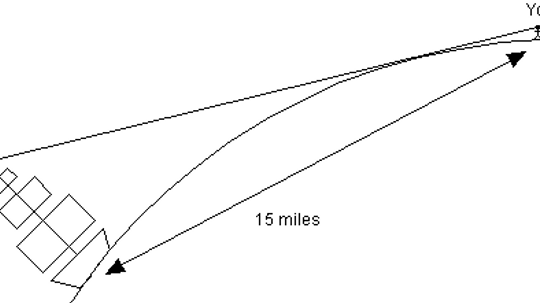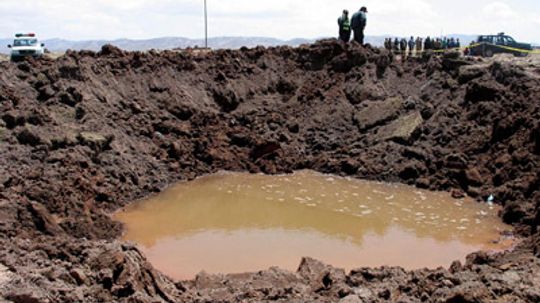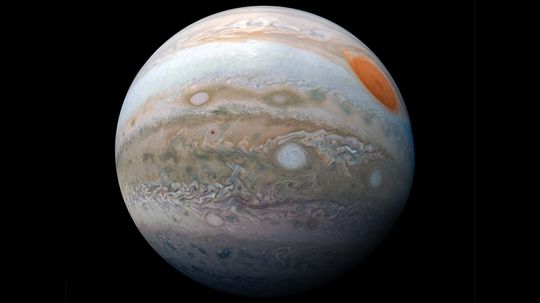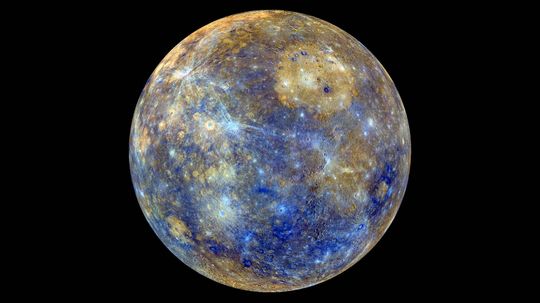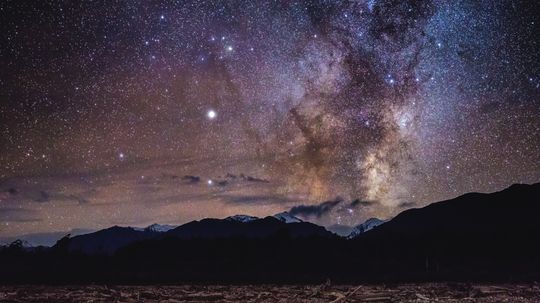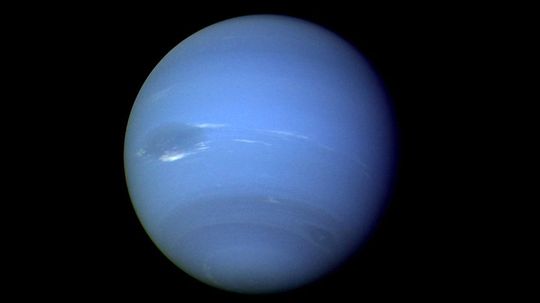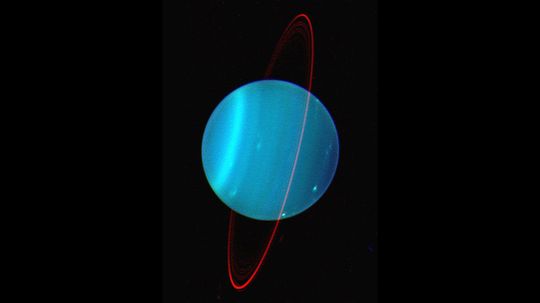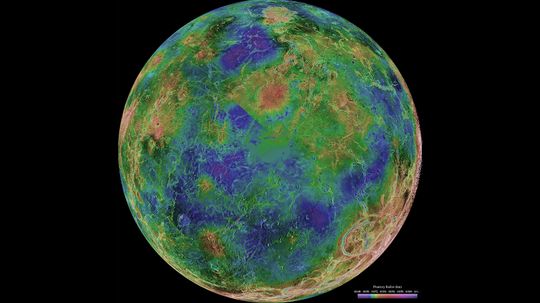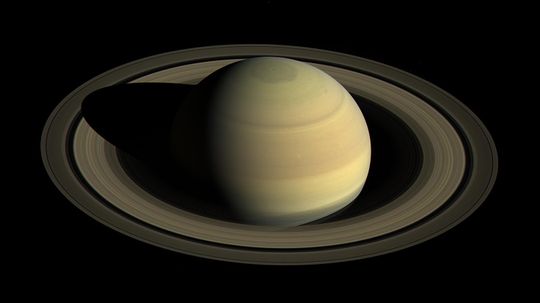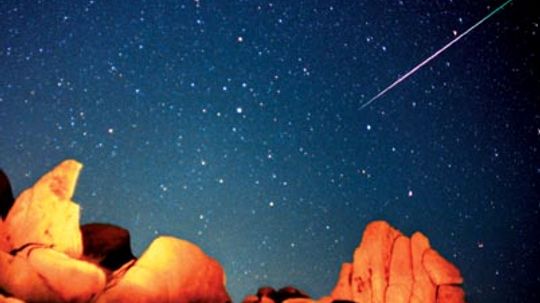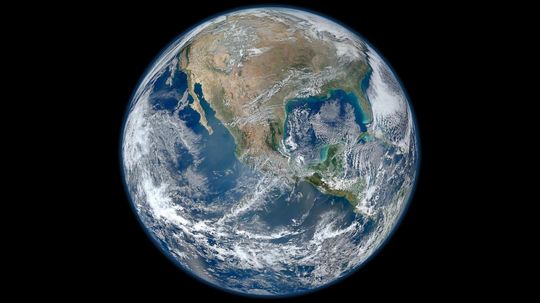The Solar System
In the Solar System Channel, you can explore the planets and celestial objects around our own sun. Learn about topics such as Mars, Jupiter and the Moon.

88 Constellation Names (and 24 You Can Only See From the Northern Hemisphere)
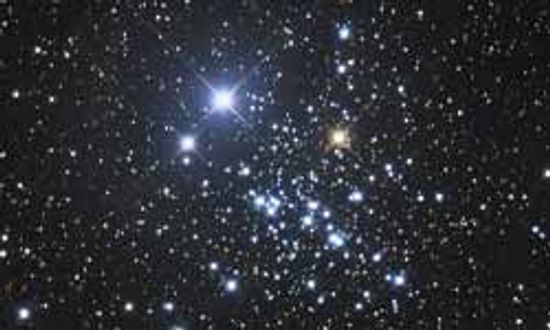
Constellation Pictures

How to Find Orion's Belt in the Night Sky
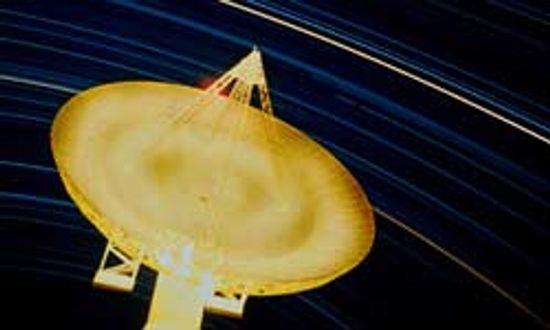
Radio Telescope Image Gallery
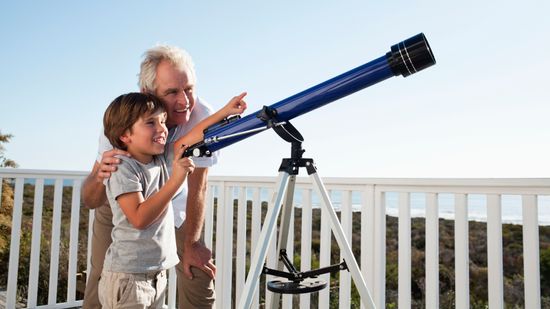
How do I build a telescope at home?
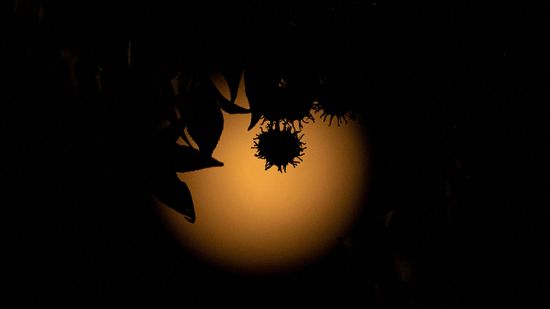
Shooting the Stars as an Astrophotographer
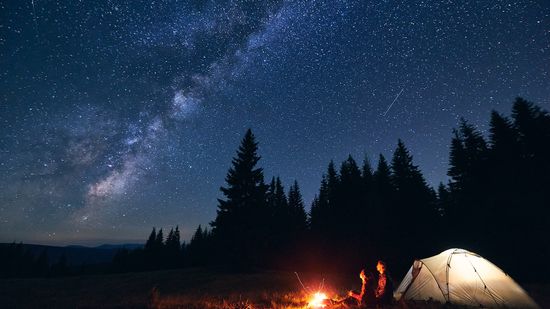
10 Types of Stars Blazing and Collapsing in Our Universe
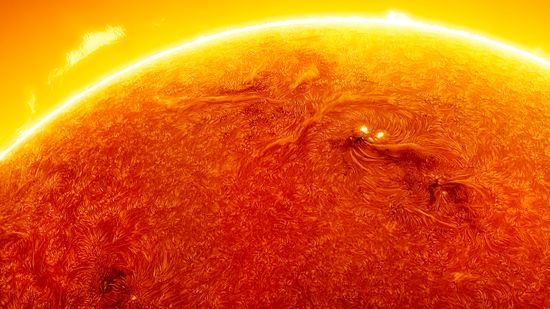
Solar Storm + Earth's Magnetic Field = Auroras Galore
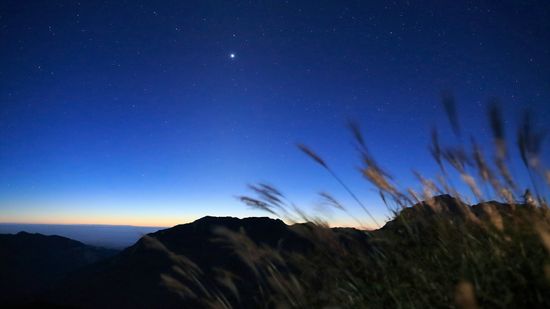
What's the Brightest Star in the Sky? Depends on the Season
Learn More / Page 2
The sun warms our planet every day, provides the light by which we see and is necessary for life on Earth. But what is it exactly, and what will happen when it burns itself out?
The Chandler wobble is the change in the spin of Earth on its axis. Think of the wobble you see in a toy top when it first starts spinning or slows down. Its 'poles' do not spin in a perfectly straight line.
The changing phases of the moon have given us an enduring curiosity about the dark side of the moon. But is there really a dark side of the moon? What would we see there?
Advertisement
The moon is often the largest object in the sky outside of the sun. What is the moon made of, how did it form -- and why do people blame it for their strange behavior?
Asteroid belts aren't quite the dense fields of gigantic spinning rocks that you may have seen in a "Star Wars" film, but they're still fascinating. In fact, the main asteroid belt may tell us how our entire solar system came into existence.
By John Fuller
You've probably heard that staring at the sun is bad - even a few seconds can damage your eyes. But what if you looked at a solar eclipse?
After Viking 1 captured images of what looked like a face on Mars, the public began to speculate. Had Martians carved a colossus, or was there another answer?
Advertisement
Pluto is relatively round and orbits the Sun. So, why doesn't it qualify as a planet?
The only thing that's lurking in the shadows during a lunar eclipse is the moon. When Earth's shadow blocks sunlight from directly illuminating a full moon, you're witnessing a lunar eclipse.
Although other planets have rings, none are as spectacular as Saturn's. What makes the planet's stratified rings, and how did they get there in the first place?
Until recently, most people assumed that if Mars had liquid water, it no longer did and hadn't for quite some time. But scientists have recently noticed some anomalies in photos of Mars that may suggest there is water. Could there be life, too?
By Sarah Dowdey & Robert Lamb
Advertisement
If "nature abhors a vacuum," then why doesn't the vacuum of space suck away all of the Earth's atmosphere?
Can the curvature of the Earth only be seen from outer space? If you didn't know that the Earth is a sphere, there are three common observations you could use to convince yourself that it is.
A ball of fire blazed through southern Peru and left a huge crater -- and then villagers started getting sick. Early reports said the groundwater boiled and the air filled with sulfur. What happened?
Jupiter is the largest planet in the solar system. Big as this gas giant is though, next to the sun, it's still small.
By Mark Mancini
Advertisement
Mercury is the closest planet to the sun, and it's the smallest in the solar system. So why does it have longer days than we have on Earth?
By Mark Mancini
While we generally picture the sun and planets when thinking about our solar system, it also consists of comets, asteroids and hundreds of moons.
Neptune is the eighth planet from the sun and one of the coldest. It also has supersonic winds that are the fastest in the solar system.
By Mark Mancini
Uranus is the seventh planet from the sun and sits on an axial plane tilted at a jaw-dropping 97.7-degree angle. And yes, Uranus does actually stink.
By Mark Mancini
Advertisement
The atmospheric pressure is crushingly extreme on Venus, and lead would melt into a puddle on its surface. But as hellish as this place sounds, it actually has a lot in common with Earth.
By Mark Mancini
Saturn is the sixth planet from the sun and the second-largest planet in the solar system. This gas giant has more rings and moons than any other planet.
By Mark Mancini
Some of the most interesting objects in our solar system are also the smallest or largest. In addition to the sun, planets, and moons, our solar system has a variety of small objects such as asteroids, comets, stars, meteors, and moons. These have affected what has happened on Earth in many ways.
If I was on the moon and the earth was black (no lights were on) and a flashlight was turned on facing the moon, would I see the light? If I couldn't, would there be any way to detect any residual matter that came from the light on Earth or does light die after a certain distance?
Advertisement
Even though it's tiny compared to the rest of the universe, Earth is a complex planet that, so far, is the only one we know of that sustains life.
It's tough to wrap your mind around a time when the Earth wasn't here. So how do Earth and the rest of the planets out there get their start in the universe?
By Robert Lamb
